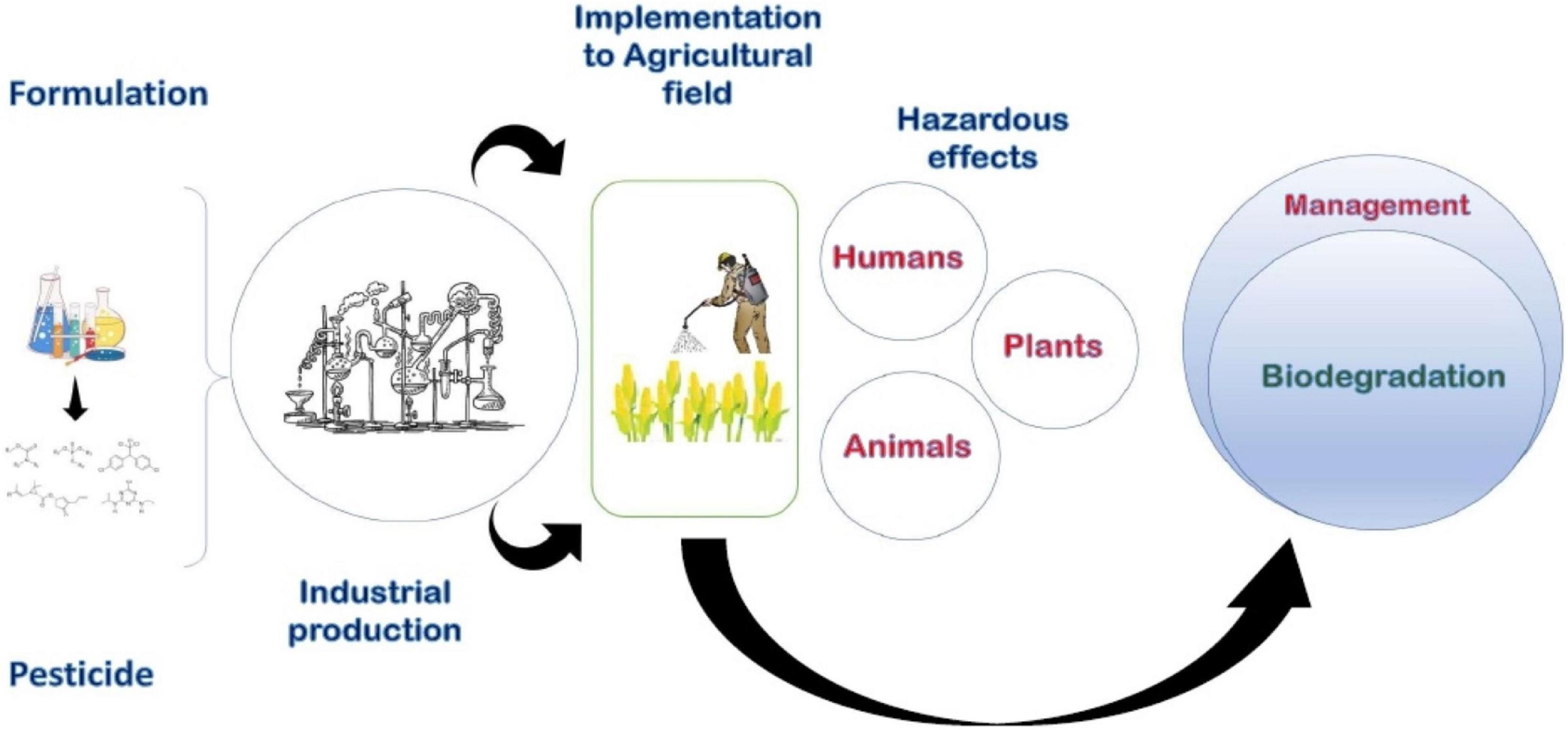How Eco Bed Bug Exterminators Dc can Save You Time, Stress, and Money.
Table of ContentsThe Facts About Eco Bed Bug Exterminators Dc RevealedEco Bed Bug Exterminators Dc for BeginnersTop Guidelines Of Eco Bed Bug Exterminators DcLittle Known Questions About Eco Bed Bug Exterminators Dc.Some Known Incorrect Statements About Eco Bed Bug Exterminators Dc
Because pesticides are poisonous, they are also potentially unsafe to humans, animals, various other microorganisms, and the atmosphere. Consequently, individuals that utilize chemicals or regularly come in call with them have to comprehend the loved one toxicity, possible wellness effects, and preventative measures to lower direct exposure to the products they utilize. Danger, or danger, of using pesticides is the capacity for injury, or the degree of risk associated with making use of a chemical under a provided collection of conditions.
Applicators can lessen or almost eliminate direct exposure-- and hence minimize threat-- by following the label guidelines, making use of individual protective clothing and tools (PPE), and dealing with the pesticide properly. For instance, even more than 95 percent of all pesticide exposures originate from dermal exposure, mainly to the hands and forearms. By wearing a set of unlined, chemical-resistant gloves, this sort of direct exposure can be almost eliminated.
The hazardous effects that happen from a solitary exposure by any type of route of entrance are termed "severe results." The four paths of direct exposure are facial (skin), breathing (lungs), oral (mouth), and the eyes. Severe toxicity is identified by checking out the dermal toxicity, breathing toxicity, and dental poisoning of guinea pig.
Not known Facts About Eco Bed Bug Exterminators Dc
Severe poisoning is determined as the quantity or concentration of a toxicant-- the a.i.-- needed to eliminate 50 percent of the pets in a test populace. This action is normally revealed as the LD50 (deadly dosage 50) or the LC50 (lethal focus 50). Furthermore, the LD50 and LC50 values are based on a single dosage and are tape-recorded in milligrams of pesticide per kilo of body weight (mg/kg) of the test pet or in components per million (ppm).
The lower the LD50 or LC50 worth of a pesticide product, the better its poisoning to human beings and pets. Pesticides with a high LD50 are the least hazardous to people if used according to the instructions on the product label. The persistent poisoning of a pesticide is determined by subjecting guinea pig to lasting direct exposure to the active ingredient.
The persistent poisoning of a pesticide is more challenging than intense toxicity to determine through research laboratory evaluation. Products are categorized on the basis of their loved one intense poisoning (their LD50 or LC50 worths). Pesticides that are classified as very poisonous (Poisoning Group I) on the basis of either oral, dermal, or inhalation toxicity should have you can look here the signal words threat and toxin printed in red with a skull and crossbones icon prominently showed on the front panel of the bundle tag.
The acute (solitary dose) dental LD50 for chemical items in this team varies from a trace amount to 50 mg/kg. As an example, exposure of a few declines of a material taken by mouth can be deadly to a 150-pound person. Some chemical products have simply the signal word risk, which informs you nothing regarding the acute toxicity, simply that the product can cause severe eye damages or extreme skin irritability
The Main Principles Of Eco Bed Bug Exterminators Dc
In this classification, the intense dental LD50 varieties from 50 to 500 mg/kg. A tsp to an ounce of this product could be fatal to a 150-pound person (bed bug heater rentals). Chemical products identified as either somewhat toxic or fairly harmless (Poisoning Categories III and IV) are called for to have the signal word CAUTION on the pesticide tag

All pesticide poisoning values, consisting of the LD50, can be located on the item's Product Safety and security Data Sheet (MSDS) - bed bug heat treatment. Pesticide tags and MSDS can be gotten from retailers or manufactures. In enhancement, a lot of products additionally have information that can be discovered on the net. The signs of chemical poisoning can range from a mild skin irritability to coma and even fatality.
Since of potential health and wellness problems, chemical users and trainers should identify the common indications and symptoms of pesticide poisoning. The impacts, or signs and symptoms, of pesticide poisoning can be extensively defined as either topical or systemic.
Some Known Questions About Eco Bed Bug Exterminators Dc.
Dermatitis, or inflammation of the skin, is approved as the most typically reported topical result connected with chemical exposure. Signs of dermatitis variety from reddening of the skin to breakouts and/or sores. Some people tend to cough, hiss, or sneeze when exposed to chemical sprays. Some individuals react to the solid odor and bothersome results of oil extracts used as service providers in chemical items.
This sign usually subsides within a few minutes after an individual is gotten rid of from the exposure to the irritant. A response to a pesticide item that triggers someone not only to sneeze and cough but also to create extreme acute respiratory signs is extra likely to be a true hypersensitivity or allergic reaction.
Systemic effects are quite different from topical effects. They often happen far from the initial factor of contact as a result of the chemical being soaked up into and dispersed throughout the body. Systemic impacts often consist of nausea or vomiting, vomiting, exhaustion, migraine, and digestive conditions. In innovative poisoning cases, the person may experience adjustments in heart rate, problem breathing, convulsions, and coma, which could lead to fatality.